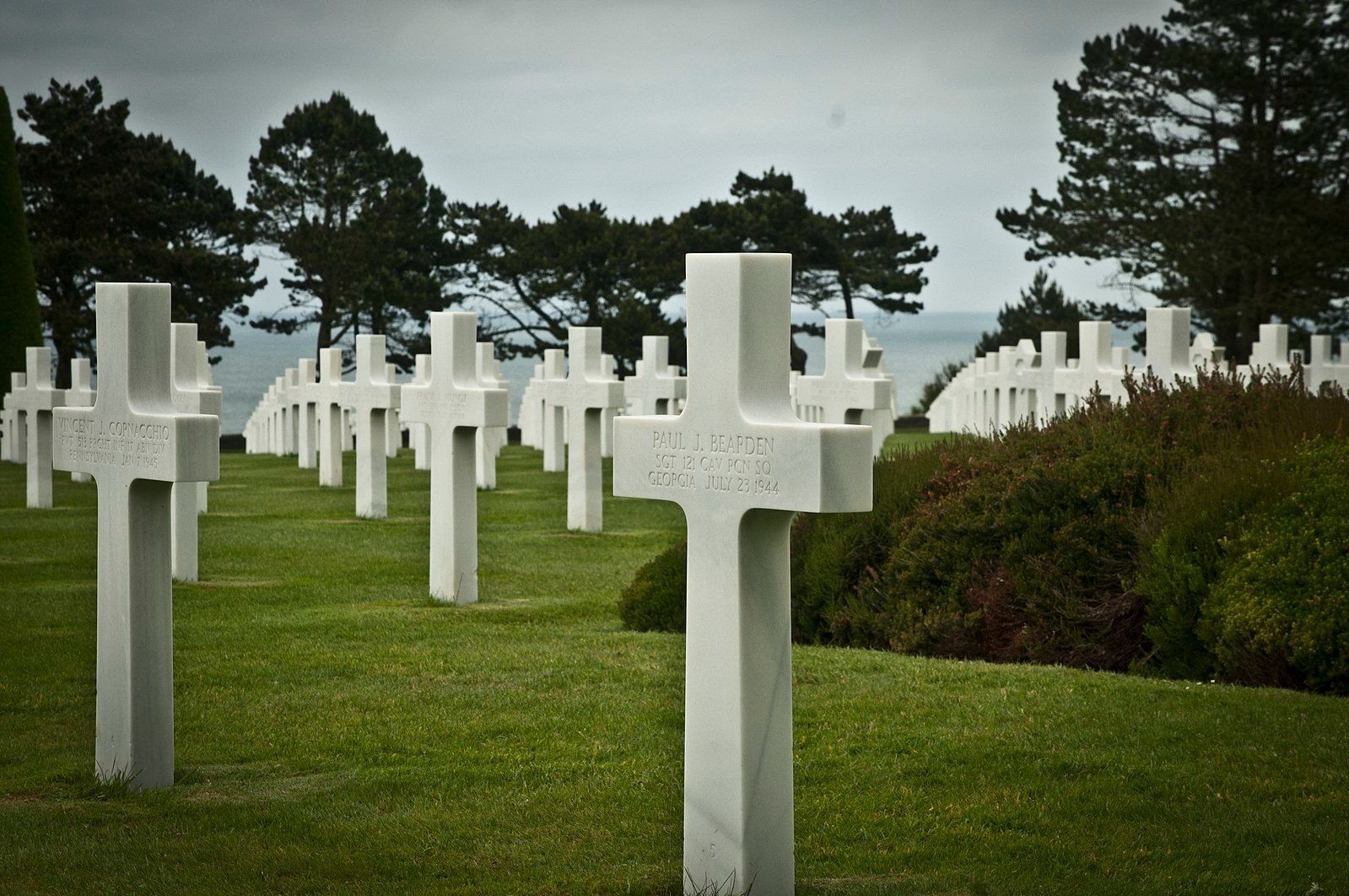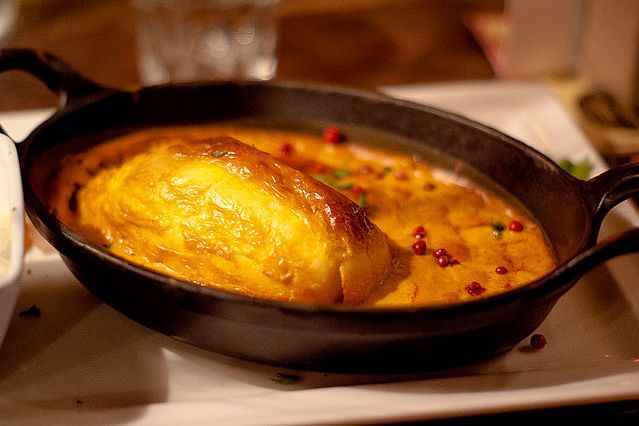Best Places To Visit In France
From iconic landmarks in Paris to quaint countryside villages
Summary
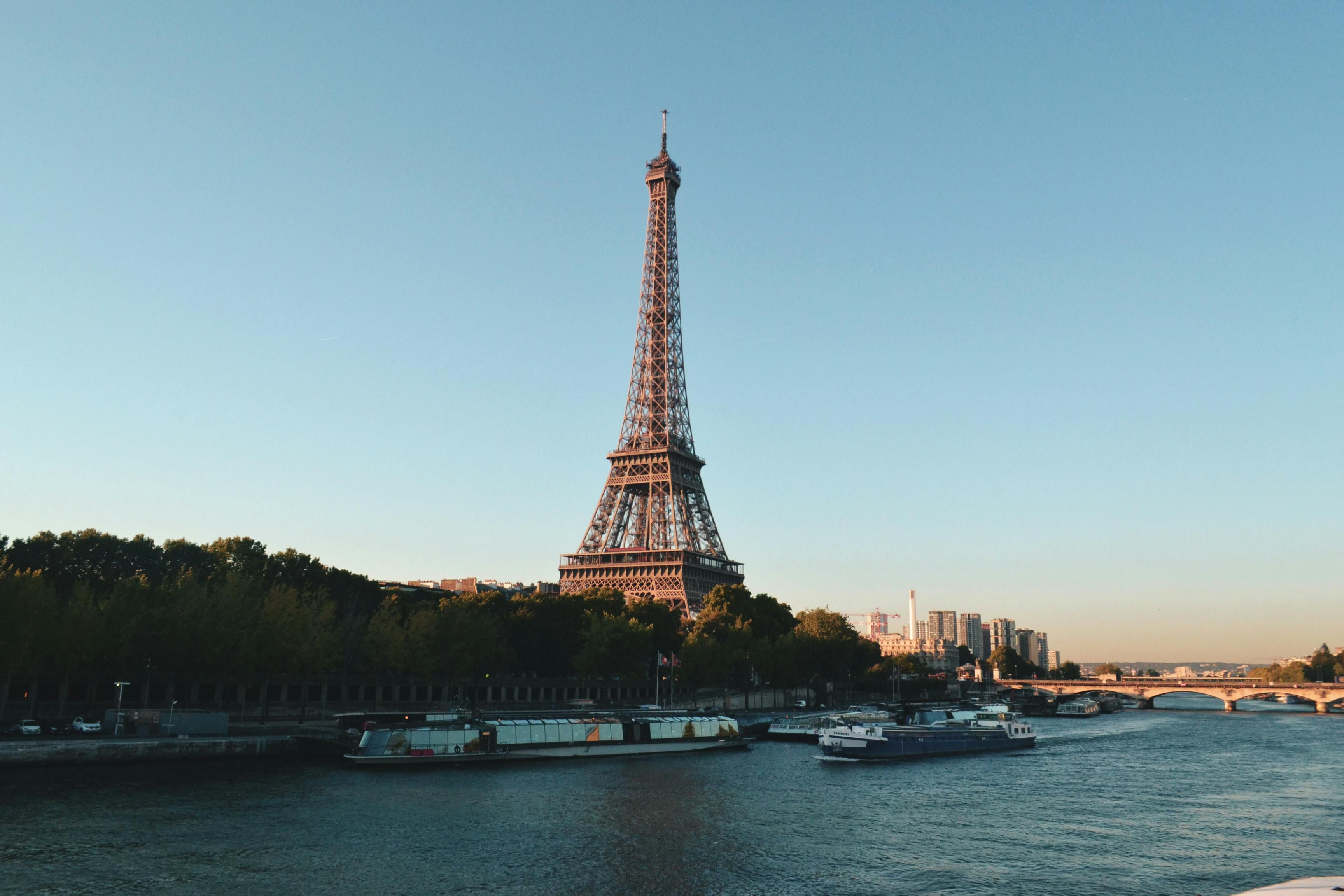
France is a country of timeless beauty, rich history, and diverse landscapes, making it a dream destination for travelers. From iconic landmarks in Paris to quaint countryside villages and stunning coastal retreats, there’s no shortage of incredible places to explore. Before setting off, consider getting a France eSIM for seamless connectivity as you navigate this unforgettable destination.
Most Popular Attractions in France
Whether you’re captivated by world-class art, stunning architecture, or scenic landscapes, here’s where to visit in France:
Eiffel Tower
- Best season to visit: Year-round, best in spring (March–May) and autumn (September–October)
- Region: Paris, Île-de-France
- Highlights: France’s most famous landmark, panoramic city views, dazzling nightly lights
No visit to France is complete without experiencing the Eiffel Tower, one of the most recognizable landmarks in the world. Built for the 1889 World’s Fair, this iron masterpiece stands 330 meters tall and offers three levels of observation decks. Visitors can take an elevator or climb the stairs to enjoy panoramic views of Paris from above. Dining at Le Jules Verne, a Michelin-starred restaurant inside the tower, is an unforgettable experience. Don’t miss the dazzling light show, which illuminates the tower every evening for five minutes at the start of each hour.
Louvre Museum
- Best season to visit: Year-round, best on weekdays for fewer crowds
- Region: Paris, Île-de-France
- Highlights: Largest art museum in the world, home to the Mona Lisa and Venus de Milo
As the largest and most visited museum in the world, the Louvre Museum houses an astounding 35,000 artworks spanning ancient civilizations to the 19th century. Originally a royal palace, the Louvre’s glass pyramid entrance has become a modern icon. Inside, visitors can admire Leonardo da Vinci’s Mona Lisa, the Venus de Milo, and countless masterpieces from Egyptian, Greek, and Renaissance collections. Covering over 72,000 square meters, the museum is vast — visitors should plan ahead to explore the highlights or book a guided tour for a more in-depth experience.
Musée d'Orsay
- Best season to visit: Year-round, best in early mornings
- Region: Paris, Île-de-France
- Highlights: Impressionist masterpieces by Monet, Van Gogh, and Degas, housed in a former railway station
The Musée d'Orsay is one of the best places to visit in France for art enthusiasts, home to the world’s finest Impressionist and Post-Impressionist collections. Housed in a Beaux-Arts railway station, this museum showcases works by Monet, Van Gogh, Degas, Renoir, and Cézanne. The grand clock windows offer breathtaking views of the Seine and the Paris skyline, making it less overwhelming than the Louvre and a perfect alternative for those seeking a deep dive into 19th-century French art.
Cathédrale Notre-Dame de Paris
- Best season to visit: Year-round (under restoration, reopening in 2024)
- Region: Paris, Île-de-France
- Highlights: Gothic masterpiece, famous for its stained glass and architecture One of the most iconic places to visit in France, the Notre-Dame Cathedral is a stunning example of French Gothic architecture. Known for its flying buttresses, intricate sculptures, and breathtaking stained glass rose windows, the cathedral has played a significant role in French history. It was the site of Napoleon’s coronation and served as inspiration for Victor Hugo’s The Hunchback of Notre-Dame. After the devastating 2019 fire, the cathedral underwent extensive restoration and reopened its doors in December 2024. Visitors can now once again explore its magnificent interiors, climb the towers for panoramic views of Paris, and admire its grandeur from the Île de la Cité or a Seine River cruise.
Arc de Triomphe
- Best season to visit: Year-round, best at sunset
- Region: Paris, Île-de-France
- Highlights: Honors France’s military history, offers panoramic views from the top
Standing at the western end of the Champs-Élysées, the Arc de Triomphe is a powerful symbol of France’s military history. Commissioned by Napoleon in 1806, it honors those who fought and died for France. Beneath it lies the Tomb of the Unknown Soldier, whose eternal flame burns in remembrance. Visitors can climb 284 steps to the top, where they’ll be rewarded with breathtaking views of Paris, including the Eiffel Tower and La Défense. The best time to visit is at sunset, when the city lights begin to glow.
Disneyland Paris
- Best season to visit: Year-round, best in spring and autumn to avoid crowds
- Region: Marne-la-Vallée, Île-de-France
- Highlights: Magical theme park with fairytale castles, thrilling rides, and parades
For those traveling with family, Disneyland Paris is one of the most exciting places to visit in France. Europe’s most famous theme park, Disneyland Paris brings Disney magic to life with thrilling rides, enchanting castles, and beloved characters. Visitors can explore two parks: Disneyland Park, home to Sleeping Beauty Castle, and Walt Disney Studios Park, where cinematic adventures come alive. The best time to visit is on weekdays during off-peak seasons to avoid long lines and crowds.
Mont-Saint-Michel Abbey
- Best season to visit: Spring and autumn (April–October)
- Region: Normandy
- Highlights: Stunning medieval abbey on a tidal island
A true fairytale setting, Mont-Saint-Michel is one of the most breathtaking places to visit in France. This medieval abbey, perched atop a tidal island, is a UNESCO World Heritage Site that has been a pilgrimage destination for centuries. During high tide, the island appears to float on water, while at low tide, visitors can walk along the sandbanks surrounding it. The winding streets below are filled with small shops, historic buildings, and scenic viewpoints, making it a must-visit for history lovers and photographers alike.
Château de Chambord
- Best season to visit: Spring and autumn (April–October)
- Region: Loire Valley
- Highlights: Largest Renaissance château in France, known for its double-helix staircase
One of the most impressive castles in France, the Château de Chambord is a masterpiece of Renaissance architecture. Commissioned by King Francis I and believed to be inspired by Leonardo da Vinci, this grand château features a unique double-helix staircase and over 400 rooms. Surrounded by vast forests, it offers visitors a glimpse into French royal history. A visit to the Loire Valley wouldn’t be complete without exploring this extravagant estate.
Pont du Gard
- Best season to visit: Year-round
- Region: Provence
- Highlights: Roman aqueduct, an engineering marvel over 2,000 years old
A marvel of ancient Roman engineering, the Pont du Gard is one of the best-preserved aqueducts in the world. Built in the 1st century AD, this three-tiered structure once carried water to the Roman city of Nîmes. Today, visitors can walk across it, explore its museum, or swim in the river below. The sunset views over the bridge make it a stunning photography spot, making it one of the top places to visit in France for history buffs and nature lovers alike.
Dune du Pilat
- Best season to visit: June and September
- Region: Nouvelle-Aquitaine
- Highlights: Europe’s tallest sand dune with stunning ocean views
For nature lovers, the Dune du Pilat is a must-see destination. As Europe’s tallest sand dune, it rises 110 meters above sea level and offers breathtaking views of the Atlantic Ocean on one side and dense pine forests on the other. Visitors can climb to the top, go paragliding, or enjoy sunset views over the ocean. Its unique landscape makes it one of the most remarkable natural places to visit in France.
Château de Versailles
- Best season to visit: Year-round, best in spring and summer
- Region: Île-de-France
- Highlights: Extravagant royal palace, Hall of Mirrors, sprawling gardens
The Palace of Versailles is the epitome of French luxury and grandeur. Originally a hunting lodge, it was transformed by King Louis XIV into one of the most extravagant royal residences in the world. Visitors can admire its Hall of Mirrors, lavish apartments, and beautifully landscaped gardens. A trip to Versailles offers a glimpse into France’s royal past, making it one of the most unmissable places to visit in France.
Aiguille du Midi
- Best season to visit: Year-round (best in summer for hiking, winter for skiing)
- Region: Chamonix-Mont-Blanc
- Highlights: Cable car to breathtaking Mont Blanc views
For those seeking thrilling alpine adventures, the Aiguille du Midi is one of the most breathtaking places to visit. This high-altitude cable car transports visitors from Chamonix to a 3,842-meter-high peak in just 20 minutes, offering unbeatable panoramic views of the French, Swiss, and Italian Alps. Daredevils can step onto the glass-floored Skywalk, suspended over a sheer drop, or admire the majestic Mont Blanc up close. In winter, the area becomes a hub for skiing and mountaineering, while summer offers incredible hiking opportunities in the Vallée Blanche.
Camargue National Park
- Best season to visit: Between early spring and autumn
- Region: Provence
- Highlights: Wildlife sanctuary with flamingos, wild horses, and salt flats
One of the most unique and untamed regions in France, the Camargue National Park is a haven for nature lovers and photographers. Located in Provence, this vast wetland reserve is famous for its white horses, pink flamingos, and sprawling salt flats. Visitors can explore the region by horseback riding, birdwatching, or visiting the historic walled city of Aigues-Mortes. The deep pink salt pans create a surreal landscape, offering some of the most striking photography spots in France.
Sainte-Chapelle
- Best season to visit: Year-round, best on sunny days for stained glass effect
- Region: Paris, Île-de-France
- Highlights: Stunning stained glass windows depicting biblical stories
Tucked away on Île de la Cité, this 13th-century Gothic chapel is renowned for its awe-inspiring stained glass windows, which depict over 1,100 biblical scenes in vibrant hues. The intricate designs and towering windows create a mesmerizing kaleidoscope of colors when sunlight filters through. Originally built to house King Louis IX’s religious relics, the chapel is a hidden gem in Paris. For the best experience, visit on a bright day to fully appreciate the dazzling play of light.
Carcassonne Citadel
- Best season to visit: Spring to autumn (April–October)
- Region: Occitanie
- Highlights: A perfectly preserved medieval fortress town
For a step back in time, this medieval citadel, with its imposing stone walls, drawbridges, and cobblestone alleys, looks like a real-life fairytale setting. Walking through its fortified gates, visitors are transported to the Middle Ages, where knights and merchants once roamed. Key attractions within the citadel include the Château Comtal, which offers panoramic views of the fortress, and the Basilica of Saint-Nazaire, adorned with stunning stained glass windows. As night falls, the illuminated ramparts create a magical atmosphere, making Carcassonne a must-visit for history lovers.
Want to dive deeper into the capital? Check out our guides on things to do in Paris, day trips from Paris, and what to do in Paris on Sundays.
Beach & Coastal Lovers
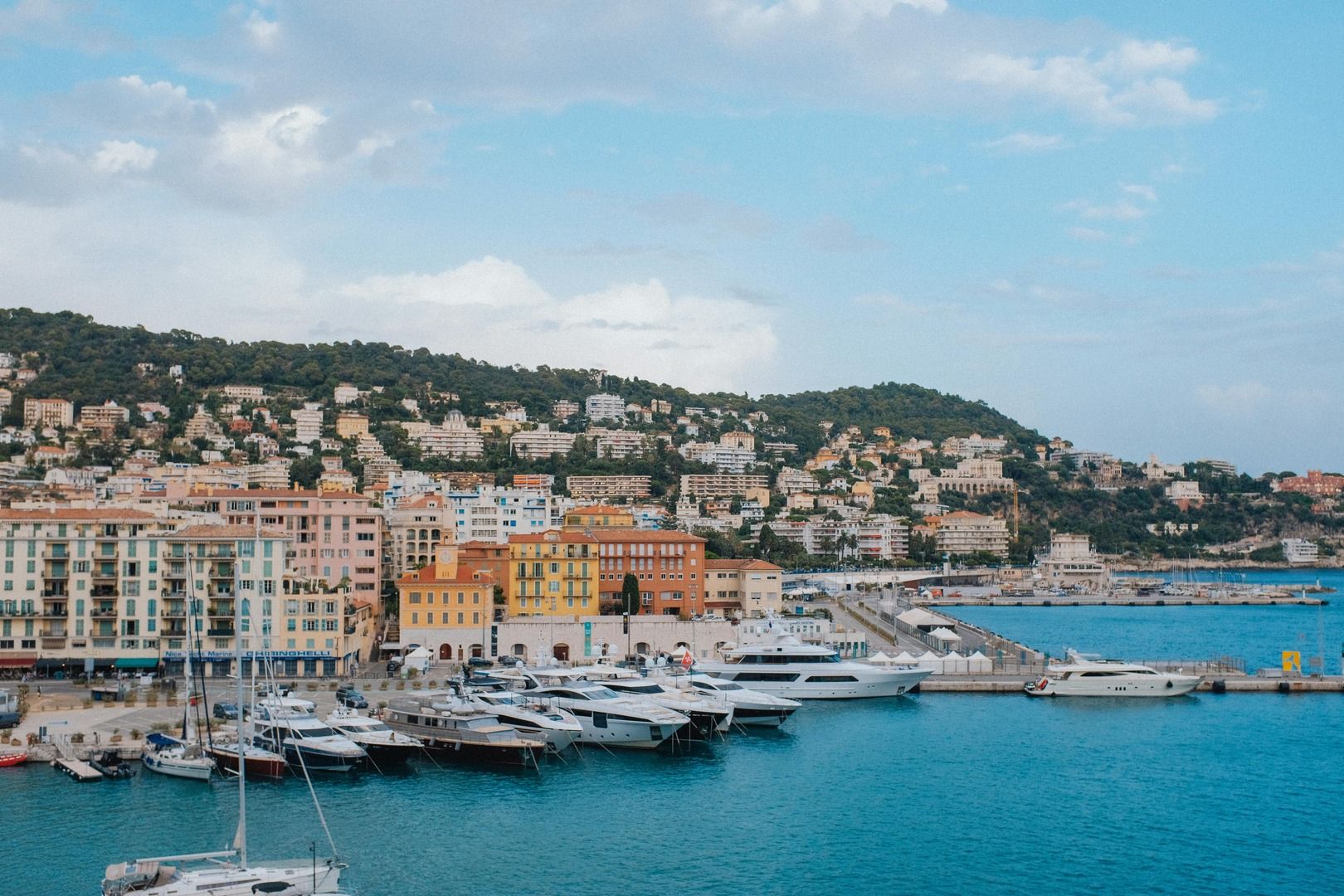
Biarritz
- Best season to visit: Late spring to early autumn (May–September)
- Region: Nouvelle-Aquitaine (Southwest France)
- Highlights: Surfing, luxurious beach resorts, Basque coastal charm
Once a favorite retreat for European royalty, Biarritz has transformed into France’s top surfing destination along the Atlantic coast. This elegant seaside town in the Basque Country blends golden beaches, high-end resorts, and rich Basque culture. Visitors can enjoy the lively surf scene at Grande Plage, take in the panoramic views from Rocher de la Vierge, or savor fresh seafood and traditional Basque pintxos in the local bistros. Whether you're looking for an action-packed surfing adventure or a luxurious coastal escape, Biarritz offers the perfect mix of relaxation and excitement.
Nice
- Best season to visit: Spring and summer (April–September)
- Region: Provence-Alpes-Côte d’Azur (Southeast France)
- Highlights: Promenade des Anglais, Mediterranean beaches, scenic old town
A gem of the French Riviera, Nice captivates visitors with its sun-kissed Mediterranean shores, charming old town, and rich artistic heritage. The city’s iconic Promenade des Anglais is perfect for seaside strolls, while the colorful streets of Vieux Nice offer lively markets and authentic Niçoise cuisine. Art lovers can explore the Marc Chagall Museum, while those seeking breathtaking views should head to Castle Hill, which overlooks the azure waters of the Côte d’Azur. With its mix of culture, history, and stunning coastline, Nice is an essential stop along the Mediterranean.
Saint-Tropez
- Best season to visit: Summer (June–August)
- Region: Provence-Alpes-Côte d’Azur (Southeast France)
- Highlights: Luxury yachts, glamorous beach clubs, nightlife
From a humble fishing village to a global symbol of luxury, Saint-Tropez has long been a playground for celebrities, artists, and jet-setters. Sunseekers flock to the legendary Pampelonne Beach, home to world-famous beach clubs like Club 55, while the Old Port offers a picturesque setting with colorful fishing boats and luxury yachts. The town’s vibrant nightlife features exclusive clubs and Michelin-starred dining, making it the ultimate summer hotspot. Whether lounging by the beach or experiencing the glitz of the Riviera, Saint-Tropez is synonymous with glamour and indulgence.
Other Beach & Coastal Destinations
- Corsica: known as the “Island of Beauty,” is a paradise for beach lovers and outdoor enthusiasts alike. Located in the Mediterranean, this French island boasts secluded white-sand beaches, rugged mountain landscapes, and crystal-clear waters perfect for swimming and diving. Visitors can explore Palombaggia Beach, hike the famous GR20 trail, or relax in the charming coastal town of Bonifacio. The island’s mix of French and Italian influences makes it a truly unique destination.
- Étretat: Located along the Normandy coast, Étretat is famed for its striking white chalk cliffs and natural rock arches carved by the sea. This dramatic coastal destination is a haven for photographers and nature lovers, offering clifftop hiking trails with panoramic views of the English Channel. Visitors can explore the Falaise d’Aval and Manneporte, stroll through the charming village, or visit the Chapel of Notre-Dame-de-la-Garde, which overlooks the spectacular coastline.
- Mont-Saint-Michel Bay: One of France’s most breathtaking coastal wonders, Mont-Saint-Michel Bay is renowned for its dramatic tides and medieval island abbey. Located in Normandy, this UNESCO-listed site offers a surreal experience as Mont-Saint-Michel appears to float on water during high tide. Visitors can walk across the vast sandbanks at low tide, explore the island’s narrow medieval streets, and admire the stunning views from the Abbey of Mont-Saint-Michel, one of the most iconic landmarks in France.
Nature, Mountains & Outdoor Enthusiasts
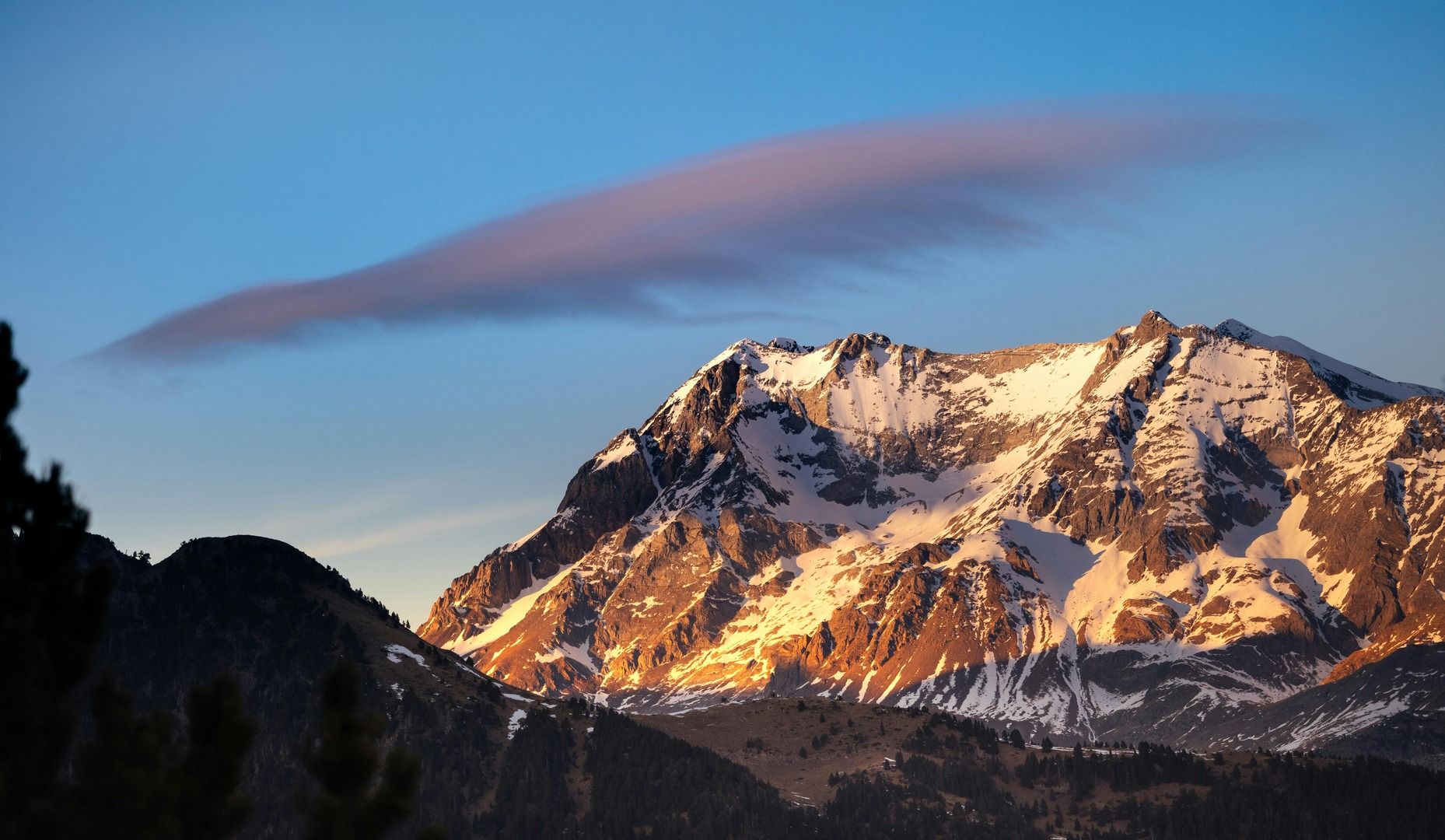
Chamonix-Mont-Blanc
- Best season to visit: Winter (December–March) for skiing; summer (June–September) for hiking
- Region: Auvergne-Rhône-Alpes (Eastern France)
- Highlights: Mountaineering, skiing, glacier exploration
Chamonix-Mont-Blanc is a dream destination for adventure seekers and nature lovers alike. Nestled at the foot of Mont Blanc, Europe’s highest peak, this alpine town is a hub for world-class skiing, glacier trekking, and mountaineering. In winter, the slopes attract skiers from around the globe, while summer offers incredible hiking trails, paragliding, and breathtaking glacier tours. For unparalleled panoramic views, take the Aiguille du Midi cable car, which transports visitors to a height of 3,842 meters for a stunning vantage point over the French, Swiss, and Italian Alps.
Gorges du Verdon
- Best season to visit: Late spring to early autumn (May–September)
- Region: Provence-Alpes-Côte d’Azur (Southeast France)
- Highlights: Kayaking, rock climbing, hiking trails
Often referred to as the “Grand Canyon of Europe,” the Gorges du Verdon is one of France’s most breathtaking natural wonders. Carved by the Verdon River, this stunning gorge features turquoise waters, towering limestone cliffs, and dramatic landscapes. Adventure enthusiasts can kayak through the canyon, rock climb along its steep walls, or hike the famous Sentier Blanc-Martel trail, which offers panoramic views of the gorge. For a more relaxed experience, visitors can rent a boat on Lac de Sainte-Croix, one of the most scenic lakes in France. Whether you’re seeking adrenaline-pumping activities or peaceful nature retreats, this is a must-visit outdoor paradise.
Pyrenees National Park
- Best season to visit: Spring to autumn (April–October)
- Region: Occitanie (Southwest France)
- Highlights: Hiking, wildlife spotting, scenic mountain landscapes
A true wilderness escape, Pyrenees National Park spans the dramatic border between France and Spain, offering breathtaking peaks, glacial lakes, and lush valleys. Home to the legendary Cirque de Gavarnie, a UNESCO-listed natural amphitheater, the park is a haven for hikers, wildlife enthusiasts, and nature photographers. Visitors can explore scenic trails, spot native brown bears, golden eagles, and ibex, or enjoy snowshoeing and skiing in winter. Unlike the busier French Alps, the Pyrenees offer a peaceful retreat into raw, unspoiled nature, making it the perfect place to visit for outdoor lovers.
Other Nature & Outdoor Destinations
- Annecy: Annecy, often called the “Venice of the Alps,” is a picturesque town known for its crystal-clear lake, charming old town, and scenic mountain backdrop. Located in the Auvergne-Rhône-Alpes region, this destination is perfect for cycling along Lake Annecy, kayaking, paddleboarding, and exploring medieval streets lined with canals. Whether you visit in summer for water sports or winter for snow-covered scenery, Annecy is a stunning year-round getaway.
- Corsica (GR20 Trail): For avid hikers, the GR20 Trail in Corsica is one of the most challenging and rewarding long-distance hikes in Europe. Stretching across the rugged terrain of the Mediterranean island, this legendary trek takes adventurers through mountain ridges, forests, and dramatic valleys. Hikers can tackle sections of the trail or complete the full route, which takes around two weeks. The best time to hike is from May to October, when the weather is favorable, and the trails are accessible.
Food & Wine Lovers
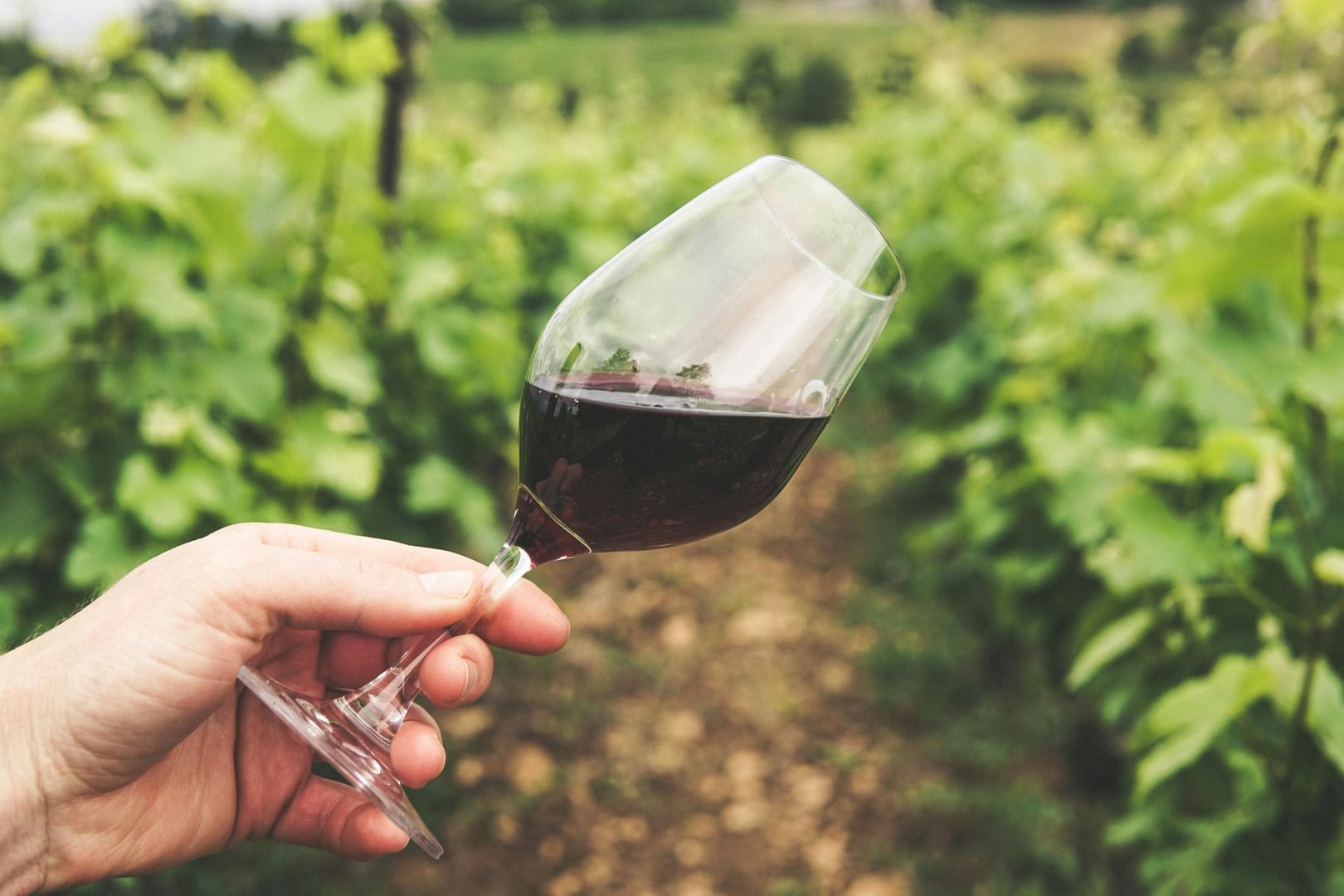
Lyon
- Best season to visit: Year-round, best in autumn (September–November)
- Region: Auvergne-Rhône-Alpes (Eastern France)
- Highlights: France’s gastronomic capital, traditional bouchons, world-class Rhône Valley wines
Lyon is a haven for food lovers, making it one of the best cities to visit in France for an unforgettable culinary experience. As the gastronomic capital of France, the city is famous for its authentic bouchons (traditional eateries), Michelin-starred restaurants, and vibrant food markets. Visitors can indulge in classic Lyonnais dishes like quenelles, coq au vin, and praline tarts, and explore Les Halles de Lyon Paul Bocuse, a paradise for gourmet enthusiasts. The city’s historic Old Town, UNESCO-listed traboules (hidden passageways), and proximity to the Rhône Valley wine region further enhance its appeal.
Bordeaux
- Best season to visit: Spring and autumn (April–June, September–November)
- Region: Nouvelle-Aquitaine (Southwest France)
- Highlights: World-famous wine region, La Cité du Vin museum, vineyard tours
Bordeaux is a top destination for wine lovers, offering access to some of the most prestigious vineyards in the world. Visitors can embark on wine-tasting tours at legendary estates like Château Margaux, Saint-Émilion, and Pomerol, or immerse themselves in the region’s history at La Cité du Vin, an interactive museum dedicated to wine culture. If you enjoy exploring offbeat cultural attractions, you might also be interested in these unusual museums in Paris. Beyond its wine heritage, Bordeaux boasts stunning 18th-century architecture, a lively waterfront, and excellent dining experiences, making it one of the top places to visit in France for both epicureans and history buffs.
Dijon
- Best season to visit: Year-round
- Region: Bourgogne-Franche-Comté (Eastern France)
- Highlights: Mustard capital, Burgundy wines, classic French cuisine
Dijon, the heart of Burgundy, is a charming medieval city famous for its exquisite cuisine, historic architecture, and exceptional wines. More than just the home of Dijon mustard, the city offers a rich gastronomic experience, from traditional boeuf bourguignon and escargots to artisanal cheeses. The Burgundy Wine Route takes visitors through some of France’s finest vineyards, while the Owl Trail walking tour offers a fascinating glimpse into Dijon’s history. Its mix of culture, wine, and fine dining makes Dijon an essential stop for food lovers exploring where to visit in France.
Other Food & Wine Destinations
- Alsace (Strasbourg & Colmar): Nestled in the Grand Est region, Alsace offers a unique blend of French and German culinary traditions, making it a must-visit for food and wine lovers. Known for its picturesque half-timbered houses, scenic vineyards, and world-class white wines, this region is famous for dishes like flammekueche (Alsatian flatbread), choucroute (sauerkraut with sausages), and baeckeoffe (slow-cooked meat stew). Strasbourg and Colmar are particularly enchanting during the Christmas season when festive markets transform the towns into magical winter wonderlands.
- Toulouse: Located in Occitanie, Toulouse is a food lover’s paradise, offering a rich selection of traditional southwestern French cuisine. The city is best known for cassoulet, a hearty slow-cooked stew of beans, duck, and sausage, as well as foie gras, saucisson (French cured sausage), and local cheeses. Beyond its culinary appeal, Toulouse’s pink-bricked architecture, vibrant markets, and charming cafés make it a delightful destination for travelers seeking an authentic gastronomic experience. Toulouse is also home to cutting-edge aviation — consider taking the Airbus factory tour for a behind-the-scenes look at one of the world’s leading aircraft manufacturers.
- Basque Country (Bayonne & Biarritz): The French Basque Country, located in Nouvelle-Aquitaine, is a culinary hotspot famous for its bold flavors and seafood-rich dishes. The coastal town of Biarritz is known for fresh seafood, pintxos (Basque-style tapas), and Basque cider, while Bayonne is home to the region’s famous Bayonne ham and rich chocolate-making traditions. Travelers can enjoy coastal dining, bustling food markets, and traditional cider houses, all while soaking in the Basque culture.
- Provence: A feast for the senses, Provence is one of the top food destinations in France, known for its Mediterranean flavors, lavender-infused dishes, and world-renowned rosé wines. Visitors can indulge in olive oil-rich cuisine, bouillabaisse (Provençal fish stew), and tapenade (olive spread) while exploring vibrant markets filled with sun-ripened produce, aromatic herbs, and artisanal cheeses. Pairing these flavors with a glass of rosé under the Provençal sun makes for an unforgettable experience.
First-Time Visitor Destinations in France
Paris
- Best season to visit: Year-round, best in spring (March–May) and autumn (September–October)
- Region: Île-de-France (North)
- Highlights: Eiffel Tower, Louvre, Notre-Dame, Seine River
The City of Light is a must-visit for first-time travelers, offering an unforgettable mix of history, art, and iconic landmarks. Paris is home to world-famous attractions like the Eiffel Tower, Louvre Museum, and Notre-Dame Cathedral, while its charming streets, Seine River cruises, and artistic Montmartre district provide endless opportunities to explore. Visitors can admire impressionist masterpieces at the Musée d'Orsay, shop along the Champs-Élysées, or savor classic French pastries at a sidewalk café. Whether visiting for romance, culture, or history, Paris is the perfect starting point for any journey through France.
Want to make the most of your Paris trip? Here’s how to get Eiffel Tower tickets, where to find the Moulin Rouge, and a list of quirky, unusual museums you probably haven’t heard of.
Loire Valley
- Best season to visit: Spring and autumn (April–June, September–October)
- Region: Centre-Val de Loire (Central)
- Highlights: Renaissance castles, vineyard tours
Often called the "Garden of France," the Loire Valley is a breathtaking region known for its stunning castles, rolling vineyards, and charming villages. First-time visitors can explore Château de Chambord, Château de Chenonceau, and Château de Villandry, each offering a unique glimpse into France’s royal past. The Loire Valley is also a paradise for wine lovers, with its vineyards producing some of France’s finest white wines. Whether cycling through sun-dappled countryside or cruising along the Loire River, this region offers a perfect mix of history, relaxation, and natural beauty.
Normandy (Mont-Saint-Michel & D-Day Beaches)
- Best season to visit: Spring to autumn (April–October)
- Region: Normandy (Northwest)
- Highlights: Historic WWII sites, Mont-Saint-Michel Abbey
A region steeped in history and breathtaking landscapes, Normandy is an unmissable destination for first-time visitors. The D-Day landing beaches, including Omaha Beach and the American Cemetery, provide a poignant look into World War II history. Meanwhile, Mont-Saint-Michel, a medieval abbey rising dramatically from the sea, is one of France’s most awe-inspiring sights. Visitors can explore charming coastal villages, historic Bayeux with its famous tapestry, and Normandy’s picturesque apple orchards. Whether you're a history buff or a nature lover, Normandy offers an enriching and unforgettable French experience.
Other First-Time Visitors Destinations
- Provence (Avignon & Aix-en-Provence): A dream destination for those seeking history, culture, and stunning landscapes, Provence is famous for its rolling lavender fields, medieval towns, and sun-drenched vineyards. Located in Provence-Alpes-Côte d’Azur, this region is home to Avignon, once the seat of the Catholic Popes, and Aix-en-Provence, known for its elegant fountains and artistic heritage. Whether strolling through historic old towns, sipping local rosé, or exploring hilltop villages, Provence is an idyllic introduction to the southern charm of France.
- French Riviera (Nice, Cannes, Saint-Tropez): For first-time visitors drawn to glamour, Mediterranean beauty, and sun-soaked beaches, the French Riviera is a must. Located in Provence-Alpes-Côte d’Azur, this coastal paradise includes Nice, with its stunning Promenade des Anglais; Cannes, famed for its international film festival; and Saint-Tropez, a luxury hotspot with pristine beaches. From exploring quaint seaside towns to indulging in high-end shopping and fine dining, the French Riviera is one of the best cities to visit in France for a mix of luxury, culture, and relaxation.
Families & Kid-Friendly Destinations
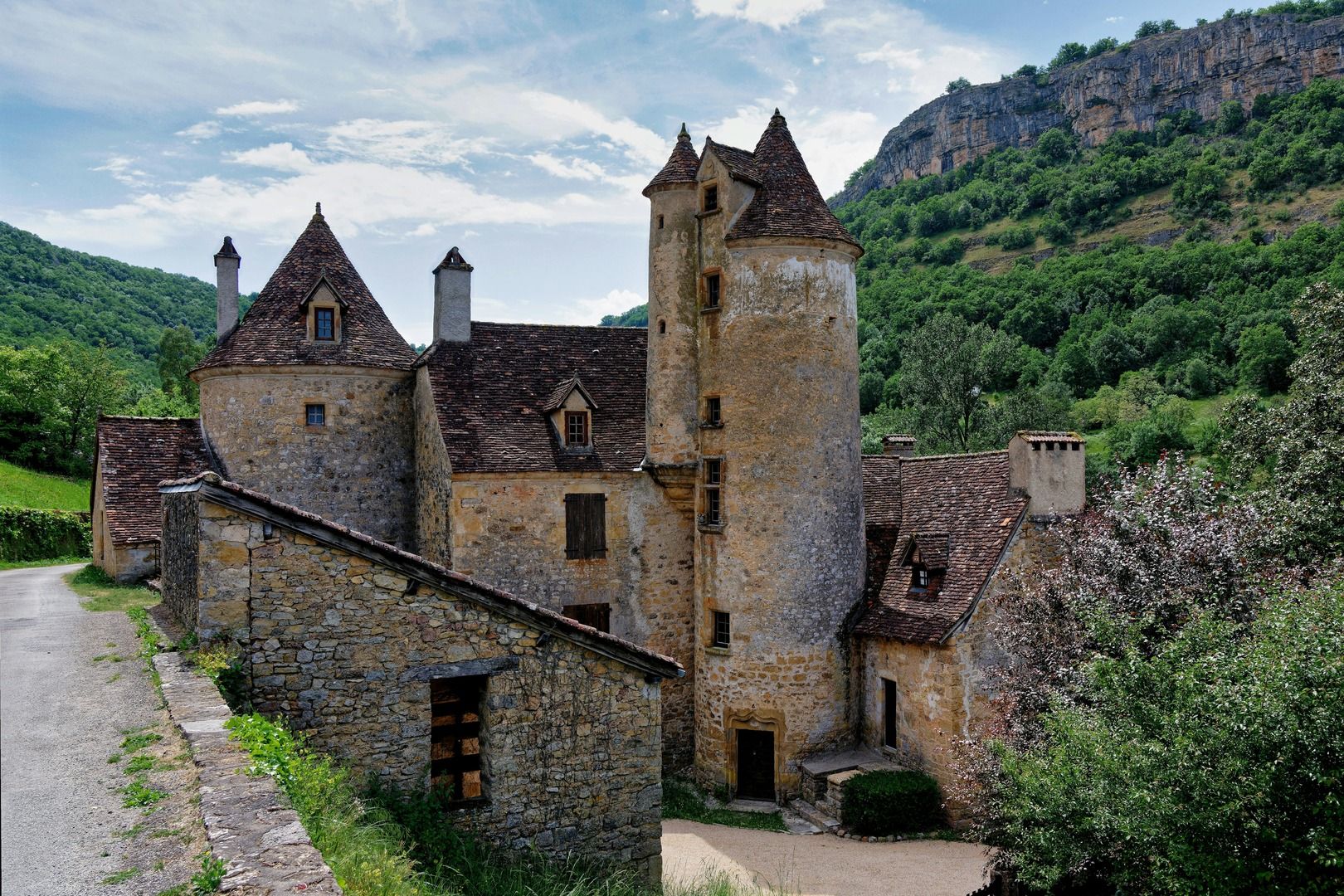
Loire Valley Castles
- Best season to visit: Spring and summer (April–August)
- Region: Centre-Val de Loire (Central France)
- Highlights: Fairy tale castles, interactive gardens
The châteaux of the Loire Valley offer a storybook adventure for families, with grand castles, secret passageways, and sprawling gardens perfect for exploration. Château de Chambord stuns with its double-helix staircase designed by Leonardo da Vinci, while Château de Chenonceau, stretching across the River Cher, feels like something out of a fairy tale. Kids will love the intricate hedge mazes at Château de Villandry, while parents can soak in the rich history and stunning landscapes. Whether imagining life as royalty or enjoying the beautifully landscaped grounds, a trip to the Loire Valley is an unforgettable family-friendly journey through French history.
Puy du Fou
- Best season to visit: Spring to autumn (April–October)
- Region: Pays de la Loire (Western France)
- Highlights: Live historical reenactments, medieval battles
For a thrilling mix of entertainment and education, Puy du Fou is unlike any other theme park. Instead of roller coasters, it features epic historical reenactments, bringing ancient battles, medieval tournaments, and Viking invasions to life. Families can watch gladiator fights in a Roman colosseum, witness a spectacular Viking ship attack, or step into an 18th-century village for a taste of history. With detailed costumes, stunning special effects, and immersive performances, Puy du Fou is perfect for families looking to experience history in the most exciting way possible.
Other Family Destinations
- Futuroscope (Poitiers): Futuroscope is a one-of-a-kind amusement park that blends science, technology, and entertainment for a fun and educational family experience. Located in Nouvelle-Aquitaine, western France, this futuristic park offers 4D rides, interactive exhibits, and immersive attractions focused on space exploration, digital animation, and cutting-edge technology. Families can experience virtual reality adventures, dynamic roller coasters, and mind-bending optical illusions, making it an exciting destination for curious minds of all ages.
History & Culture Lovers
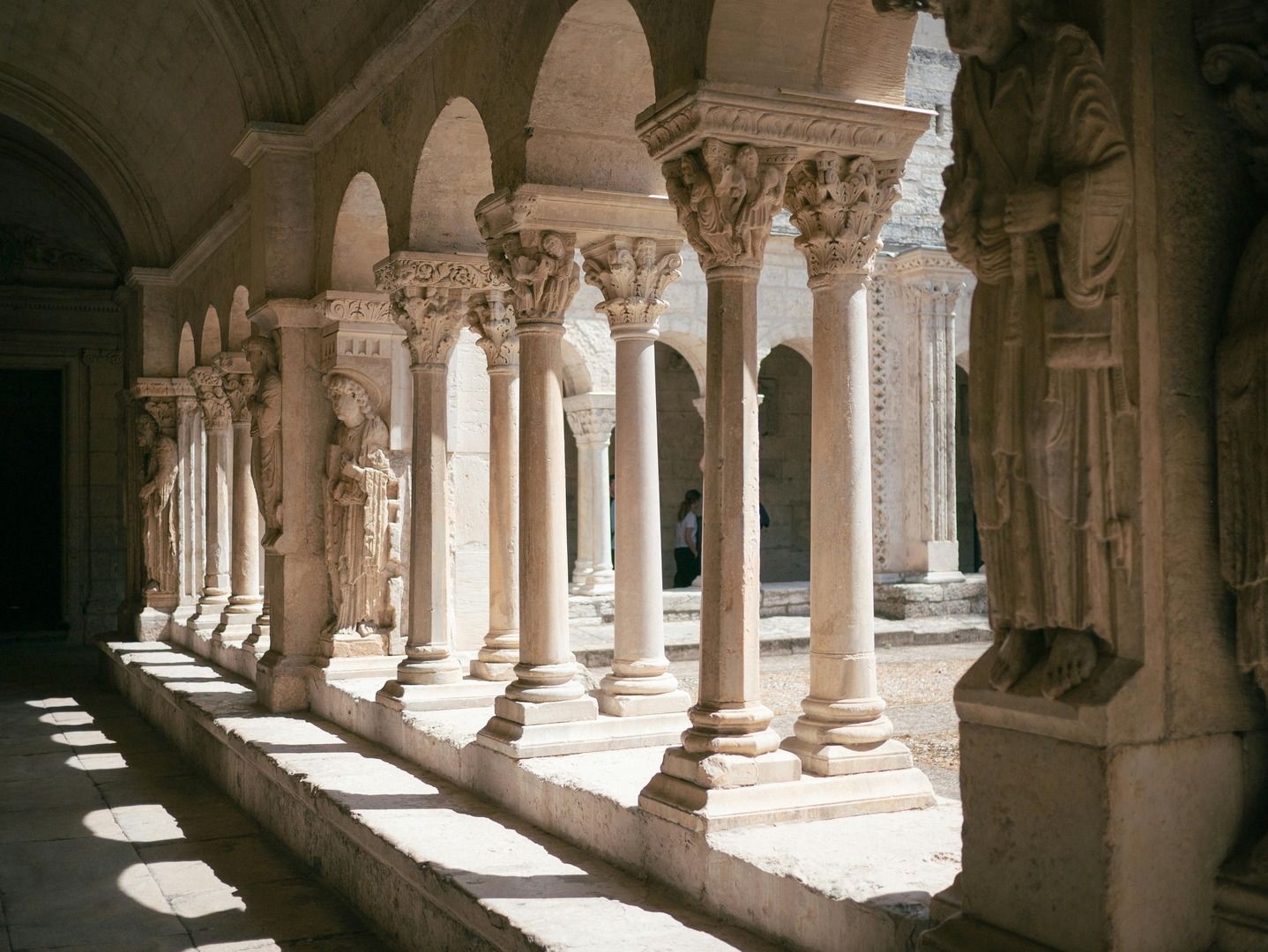
Avignon
- Best season to visit: Spring to autumn (April–October)
- Region: Provence-Alpes-Côte d’Azur (Southeast)
- Highlights: Papal Palace, medieval bridges
Once the seat of the Catholic Popes in the 14th century, Avignon is a city steeped in history and architectural grandeur. The Palais des Papes, one of the largest medieval Gothic buildings in Europe, dominates the skyline, offering visitors a glimpse into the opulence of the papal court. The Pont Saint-Bénézet (Pont d’Avignon), a partially preserved medieval bridge, adds to the city’s charm. Each summer, Avignon hosts the world-renowned Avignon Theatre Festival, attracting artists and culture lovers from around the globe.
Arles
- Best season to visit: Spring to autumn (April–October)
- Region: Provence-Alpes-Côte d’Azur (Southeast)
- Highlights: Roman ruins, Van Gogh’s inspiration Arles is a city where ancient Roman history and artistic heritage converge. Home to some of the best-preserved Roman monuments in France, including the Arles Amphitheatre and the Roman Theatre, this UNESCO-listed city is a paradise for history enthusiasts. Arles is also famous for its connection to Vincent van Gogh, who painted over 300 works here, inspired by the city's golden light and charming streets. Visitors can follow the Van Gogh walking trail to see the locations that inspired his masterpieces.
Reims
- Best season to visit: Spring and autumn (April–October)
- Region: Grand Est (Northeast)
- Highlights: Coronation site of French kings, Champagne houses
Reims is a city of kings and Champagne, known for its Notre-Dame de Reims Cathedral, where French monarchs were crowned for centuries. The cathedral’s stunning Gothic façade and stained-glass windows make it one of the most important religious sites in France. Beyond its royal history, Reims is also at the heart of France’s Champagne region, with prestigious houses such as Veuve Clicquot, Taittinger, and Ruinart offering tastings and cellar tours. A visit to Reims is the perfect blend of history and indulgence, making it a must-see destination for culture lovers.
Romantic Getaways
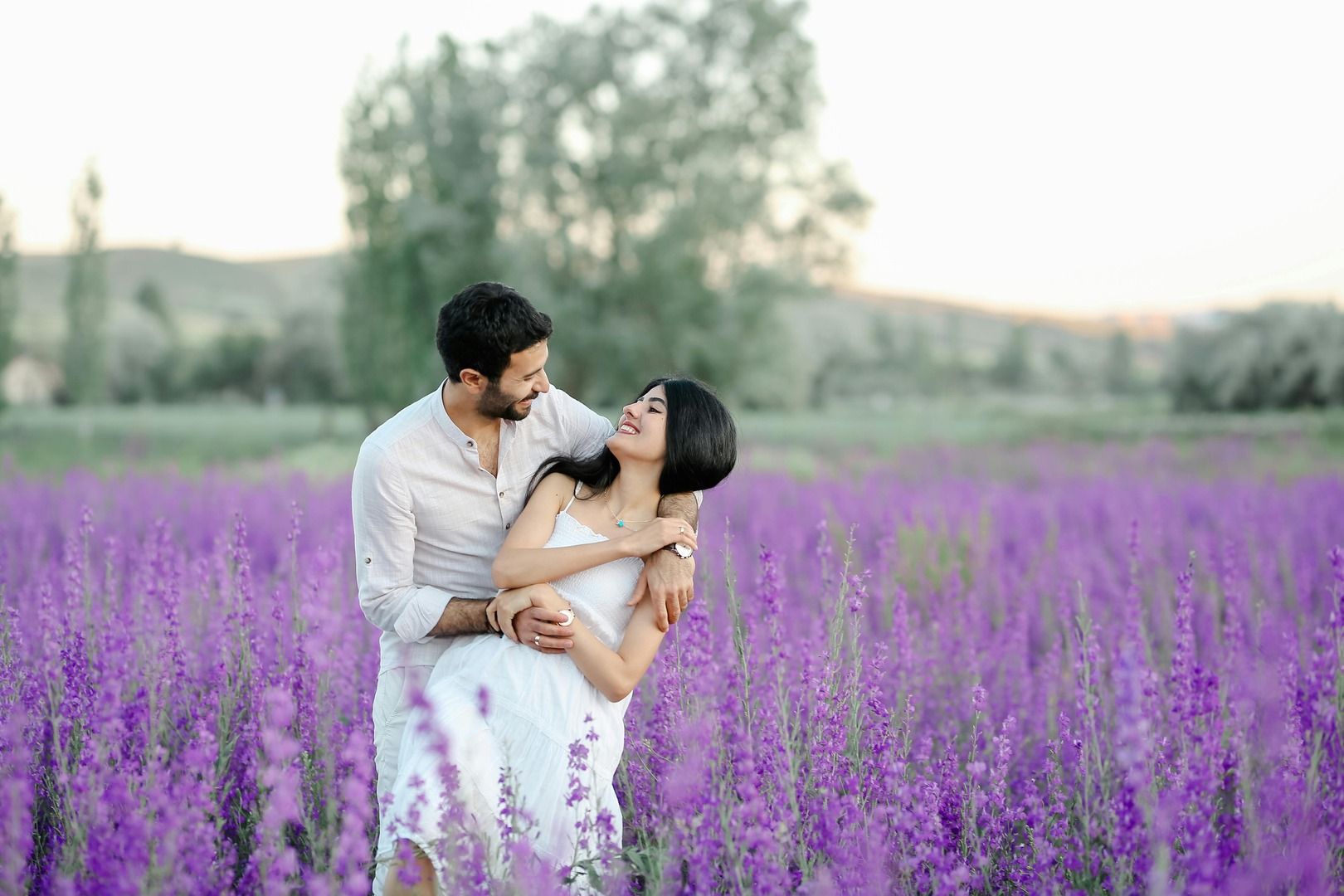
Colmar
- Best season to visit: Spring and winter (April–June, December)
- Region: Grand Est (Northeast)
- Highlights: Fairytale setting, half-timbered houses
Colmar is a dreamlike destination that feels straight out of a fairy tale. With flower-lined canals, colorful half-timbered houses, and a charming old town, it’s one of the most romantic cities in France. Strolling hand in hand through its cobblestone streets or taking a boat ride along La Petite Venise (Little Venice) makes for an unforgettable experience. During winter, Colmar transforms into a magical Christmas village, adding to its enchanting appeal. Whether you’re admiring its medieval charm in spring or soaking up the festive ambiance in winter, Colmar is a perfect getaway for couples.
Annecy
- Best season to visit: Spring to autumn (April–October)
- Region: Auvergne-Rhône-Alpes (East)
- Highlights: Lake views, charming old town, scenic walks
Crystal-clear Lake Annecy, surrounded by mountains, creates a stunning backdrop for boat rides, lakeside picnics, and scenic bike rides. The Old Town’s pastel-colored buildings, arched bridges, and winding canals add to its charm, making it an ideal spot for couples to explore. A sunset stroll along the Pont des Amours (Lovers’ Bridge) is a must for a truly romantic moment.
Loire Valley
- Best season to visit: Spring and autumn (April–June, September–October)
- Region: Centre-Val de Loire (Central France)
- Highlights: Fairytale castles, vineyard tours, countryside charm
Known as the Valley of Kings, the Loire Valley is a romantic paradise filled with majestic châteaux, rolling vineyards, and scenic countryside. Couples can explore storybook castles like Château de Chambord and Château de Chenonceau, wander through lavish gardens, or enjoy wine tastings at charming vineyards. Whether staying in a luxury château or cycling along the Loire River, the region offers an elegant and intimate escape for couples.
Winter Holidays
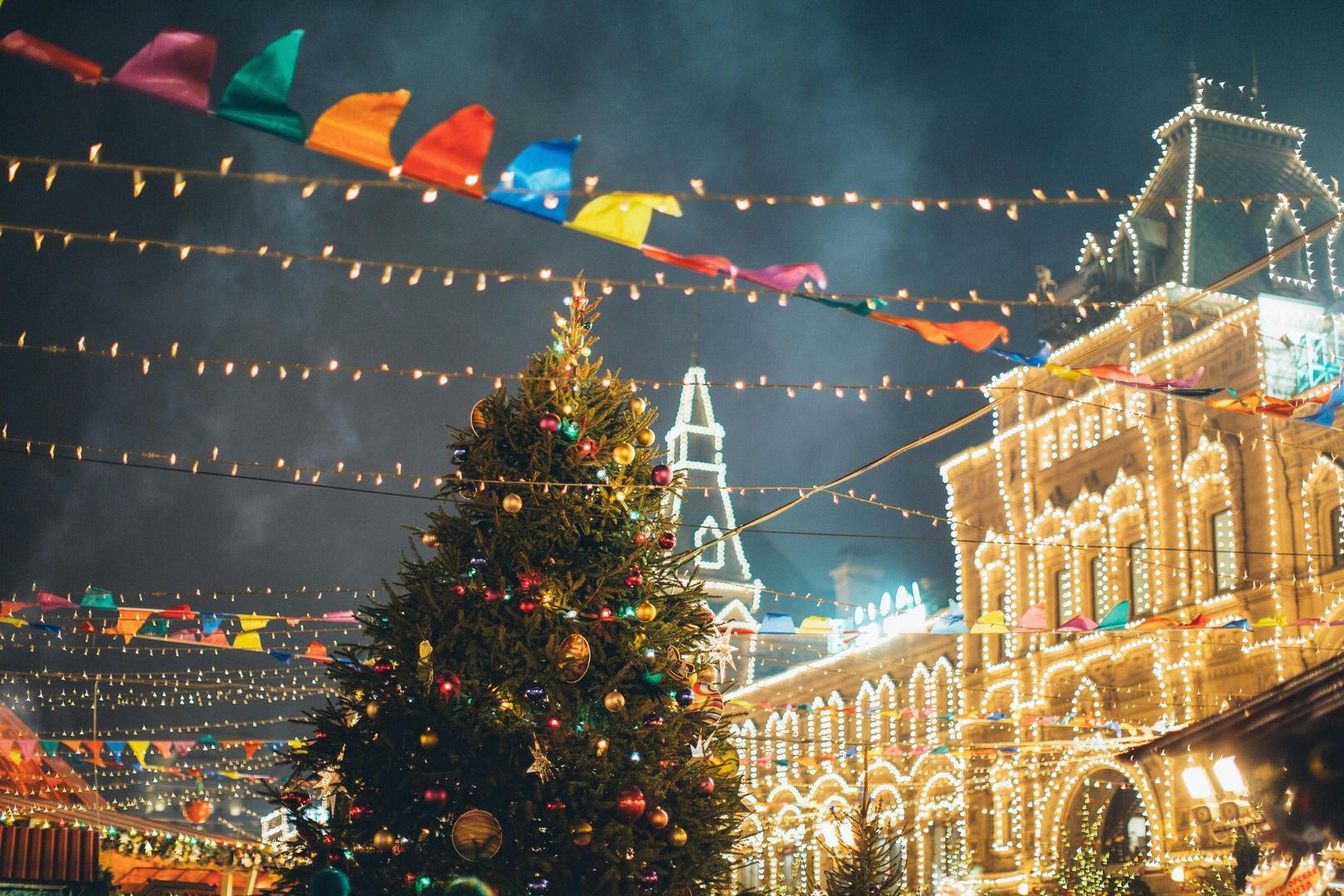
Chamonix-Mont-Blanc
- Best season to visit: Winter (December–March)
- Region: Auvergne-Rhône-Alpes (East)
- Highlights: Skiing, mountaineering, breathtaking Mont Blanc views
One of the most legendary winter destinations in the world, Chamonix-Mont-Blanc is a paradise for skiers, snowboarders, and mountaineers. Nestled at the foot of Mont Blanc, Europe’s highest peak, it offers some of the best off-piste skiing, glacier hikes, and panoramic views in the Alps. Visitors can ride the Aiguille du Midi cable car to a staggering altitude of 3,842 meters for unparalleled views of the surrounding peaks, or explore the Mer de Glace glacier, one of the largest in France. Whether you're looking for adrenaline-fueled adventures or a cozy mountain retreat, Chamonix delivers an unforgettable winter wonderland experience.
Courchevel
- Best season to visit: Winter (December–April)
- Region: Auvergne-Rhône-Alpes (East)
- Highlights: Luxury ski resort, fine dining, top-tier slopes
Part of the world-renowned Three Valleys ski area, Courchevel is France’s most luxurious ski resort, attracting elite travelers and celebrities. With over 600 kilometers of pristine ski runs, it caters to both beginners and expert skiers, offering perfectly groomed slopes and world-class facilities. Beyond skiing, visitors can indulge in Michelin-starred dining, après-ski spa retreats, dog sledding, and even helicopter tours over the French Alps. Known for its chic chalets, designer boutiques, and upscale nightlife, Courchevel combines adventure with indulgence, making it one of the most exclusive winter destinations in France.
Strasbourg Christmas Markets
- Best season to visit: December
- Region: Grand Est (Northeast)
- Highlights: France’s oldest Christmas market, fairy-tale lights, mulled wine, festive decorations
Often called the "Capital of Christmas," Strasbourg hosts one of Europe’s oldest and most magical Christmas markets. Dating back to 1570, the Christkindelsmärik transforms the city into a festive wonderland, with charming stalls selling handcrafted ornaments, Alsatian gingerbread, mulled wine, and artisanal gifts. The Grande Île, a UNESCO-listed historic center, sparkles with twinkling lights, while the towering Strasbourg Cathedral serves as a breathtaking backdrop. Strolling through Strasbourg’s medieval timbered houses and illuminated streets in December feels like stepping into a storybook Christmas village, making it one of the most enchanting winter experiences in France.
Other Winter Destinations
- Alsace Wine Route: The Alsace Wine Route is a dream destination for wine lovers seeking a cozy winter retreat. Located in the Grand Est region, this picturesque route winds through snow-covered vineyards and charming villages like Riquewihr, Eguisheim, and Kaysersberg. Visitors can enjoy intimate wine tastings, explore medieval towns decked out in festive lights, and experience the region’s unique blend of French and German traditions.
- Lyon (Fête des Lumières): Every December, Lyon lights up with the Fête des Lumières (Festival of Lights), one of the most magical winter events in France. Historic buildings, bridges, and squares are illuminated with stunning artistic light displays, transforming the city into a mesmerizing spectacle. The festival attracts visitors from around the world, offering a unique blend of culture, art, and winter festivity.
- Reims & Épernay: The Champagne region comes alive in December, offering a sparkling blend of Champagne tastings and festive vineyard light displays. Located in Grand Est, Reims and Épernay are home to prestigious Champagne houses that welcome visitors for exclusive holiday-season tastings. It’s the perfect winter getaway for those who love fine wine, history, and elegant celebrations.
- Amiens Christmas Market: One of France’s largest Christmas markets, the Amiens Christmas Market is a festive wonderland in the Hauts-de-France region. Wooden chalets line the streets, offering handcrafted gifts, mulled wine, and seasonal treats. The market’s highlight is the illuminated Gothic cathedral, creating a magical holiday atmosphere that draws visitors from across Europe.
Summer Holidays
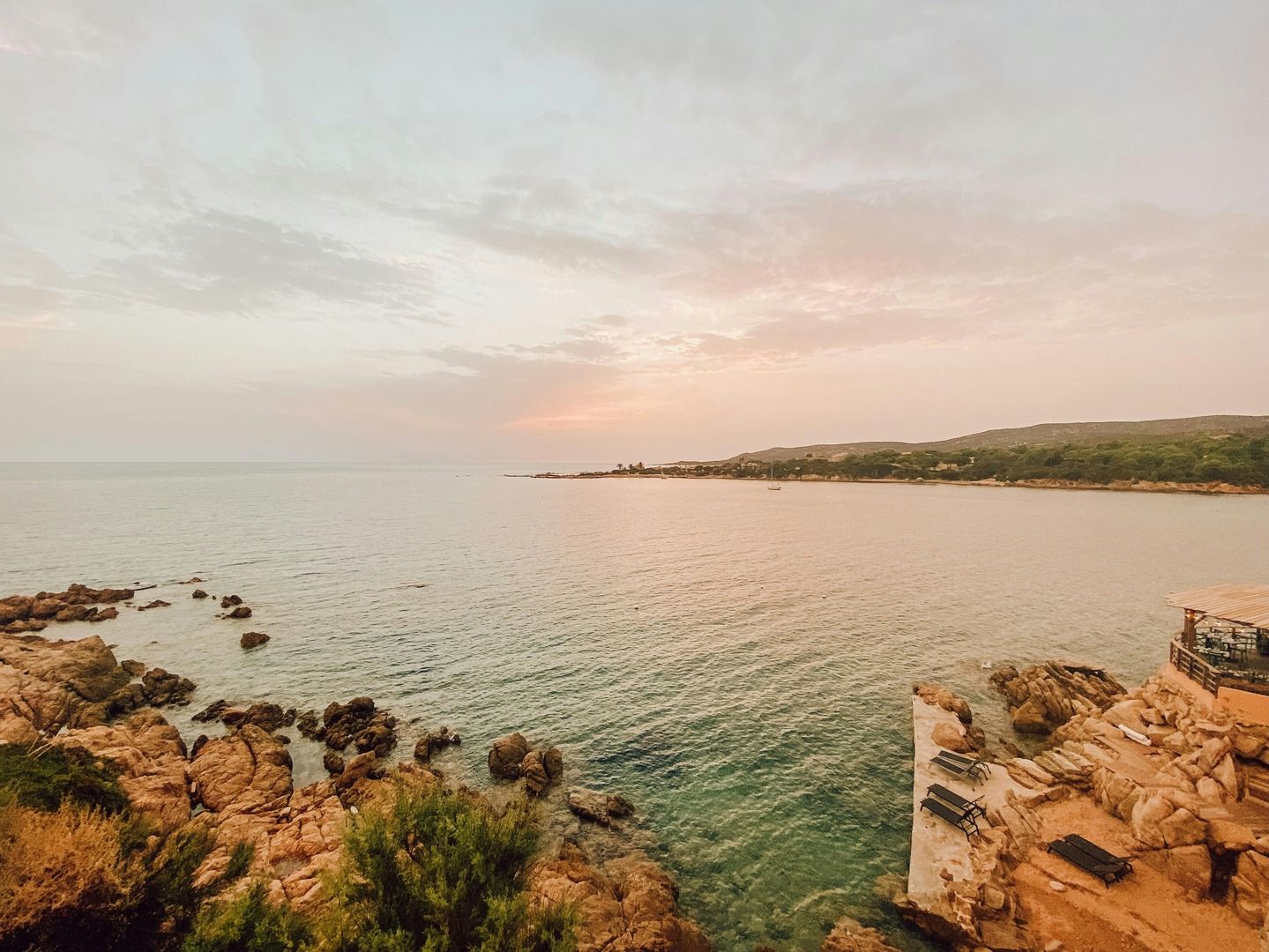
French Riviera (Nice, Cannes, Saint-Tropez)
- Best season to visit: Summer (June–August)
- Region: Provence-Alpes-Côte d’Azur (Southeast)
- Highlights: Stunning Mediterranean beaches, yachting, and luxury coastal living
The French Riviera is synonymous with glamour, sunshine, and breathtaking Mediterranean landscapes. This dazzling coastline attracts celebrities, beach lovers, and culture enthusiasts from around the world. Nice offers a perfect mix of seaside relaxation, bustling markets, and artistic heritage, while Cannes is famed for its prestigious film festival, luxury shopping, and sandy beaches. Meanwhile, Saint-Tropez captivates visitors with exclusive beach clubs, high-end nightlife, and a picturesque Old Port. Whether indulging in fine dining, sailing along the Côte d’Azur, or sunbathing on pristine shores, the French Riviera is the ultimate summer escape.
Corsica
- Best season to visit: Summer (May–September)
- Region: Mediterranean island
- Highlights: Turquoise waters, white-sand beaches, rugged mountain trails
Corsica boasts crystal-clear waters, golden beaches, and a dramatic mountainous landscape. Visitors can relax on Palombaggia and Rondinara beaches, hike the famous GR20 trail, or explore the breathtaking clifftop town of Bonifacio. Outdoor enthusiasts can also kayak through the Scandola Nature Reserve or discover hidden coves along the coast. Whether you seek adventure, relaxation, or a mix of both, Corsica is one of the best places to visit in France for a French summer getaway.
Provence (Lavender Fields)
- Best season to visit: Summer (June–July)
- Region: Provence-Alpes-Côte d’Azur (Southeast)
- Highlights: Endless fields of purple lavender, picturesque villages, and local markets
Nothing captures the essence of a Provençal summer quite like the blooming lavender fields stretching across the rolling hills of Valensole Plateau, Abbaye de Sénanque, and Sault. The best time to visit is late June to mid-July, when the lavender is at its peak, creating fragrant, postcard-perfect landscapes. Visitors can wander through vibrant fields, visit distilleries producing lavender-infused products, and explore charming villages surrounded by vineyards and olive groves. With its Mediterranean sunshine, rustic charm, and scenic beauty, Provence is the perfect escape for a relaxing and visually stunning summer retreat.
Other Summer Destinations
- Montpellier & Languedoc Beaches: Montpellier and the Languedoc coastline offer a more laid-back Mediterranean experience, perfect for travelers seeking sun-soaked beaches, charming old towns, and vineyard-covered landscapes. Located in Occitanie, this region boasts golden sand beaches, warm summer weather, and a vibrant cultural scene. Visitors can relax along the scenic shores of Palavas-les-Flots, La Grande-Motte, and Sète, or explore Montpellier’s historic city center with its lively squares and excellent restaurants. The nearby Languedoc vineyards offer fantastic wine-tasting experiences, making this destination a well-rounded summer retreat.
- Brittany Coast (Saint-Malo, Dinard, Quiberon): For those drawn to wild, rugged coastal beauty, the Brittany Coast is an incredible summer escape. Situated in northwestern France, Brittany is famous for dramatic cliffs, scenic beaches, and fresh seafood. The walled port city of Saint-Malo is steeped in maritime history, while Dinard offers classic Belle Époque seaside charm. Further south, the Quiberon Peninsula is a paradise for beach lovers, with pristine coastlines, dramatic ocean views, and outdoor activities like sailing and kayaking. Whether you’re indulging in Brittany’s famous crêpes and cider or exploring the coastal trails, this region delivers a unique French summer experience.
- Bordeaux & Saint-Émilion: Summer is the perfect time to visit Bordeaux and the medieval village of Saint-Émilion, where visitors can enjoy vineyard picnics, sun-drenched wine tastings, and UNESCO-listed historic sites. Located in Nouvelle-Aquitaine, this region is world-renowned for its exceptional wines, with some of the finest Grand Cru vineyards in France. Travelers can take scenic bike rides through the rolling vineyards, explore ancient wine cellars, and sip on some of the world’s best reds under the warm summer sun. Whether you're a wine connoisseur or simply looking for a charming countryside retreat, Bordeaux and Saint-Émilion make for an unforgettable summer getaway.
Paris
Bordeaux
Strasbourg
Provence
Eguisheim
Nice
Mont Saint-Michel
Chamonix-Mont-Blanc
Loire Valley
Lyon
Marseille
Biarritz
Carcassonne
Annecy
Avignon
Étretat
Colmar
Bayonne
Reims
Troyes
Rocamadour
Saint-Cirq-Lapopie
Puy du Fou
Millau Viaduct
Corsica
Dinan
Saint-Malo
Gorges du Verdon
Albi
Amiens
Nîmes
Sarlat-la-Canéda
Arles
Toulouse
Camargue
Cluny
Biarritz
Montauban
Pau
Perpignan
Mulhouse
France offers an incredible array of destinations, each with its own charm, history, and unique experiences. Whether you're exploring the romantic streets of Paris, tasting world-class wines in Bordeaux, skiing in the Alps, or relaxing on the sun-soaked beaches of the French Riviera, there’s something for every traveler. No matter your travel style, you’ll find endless opportunities to create unforgettable memories in this remarkable region.
